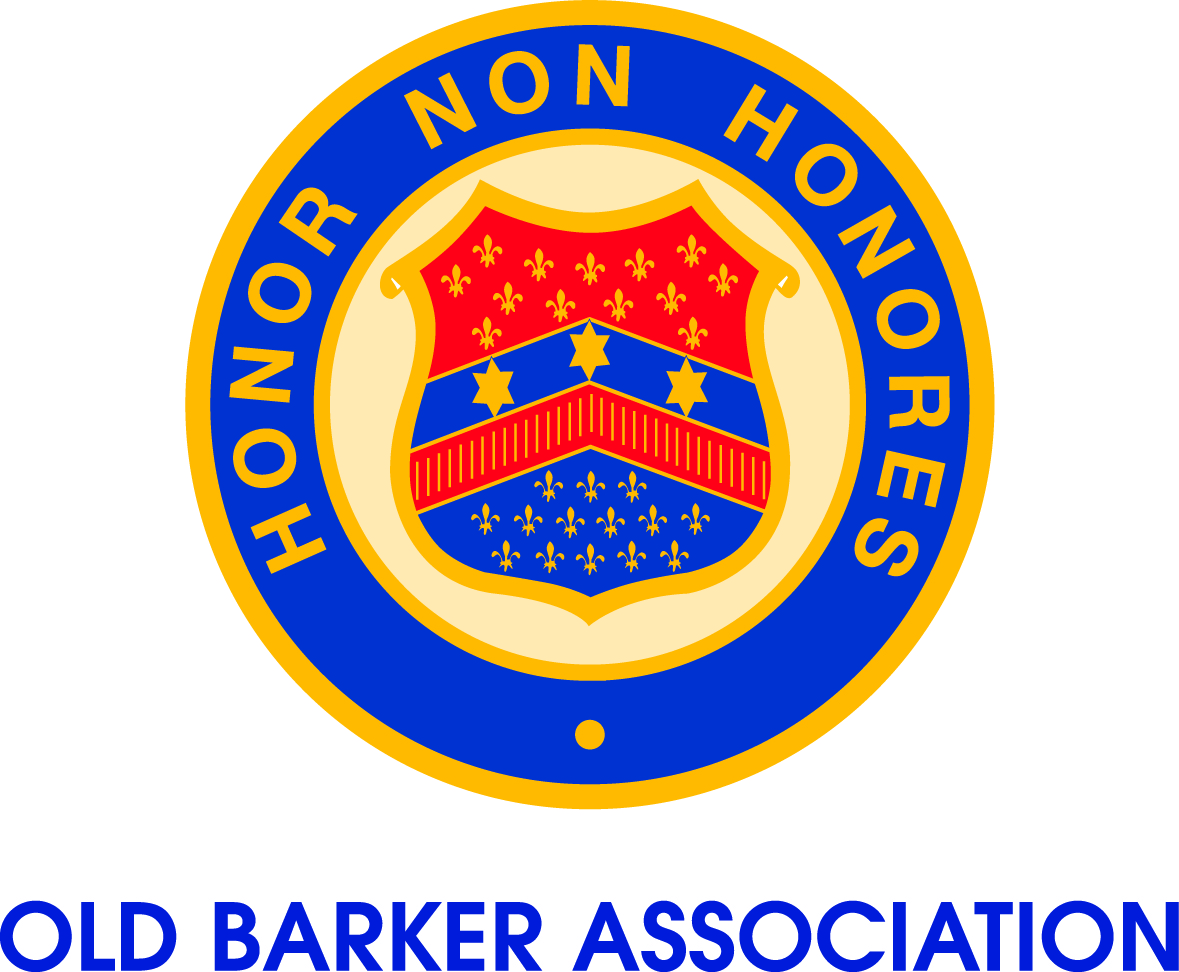
|
Know Your School – Barker in the 1930s
Wednesday, 16 September 2015
|
|
This week we go back in time to the 1930s and look at Barker during the years of the Great Depression. 1929 was the beginning of a new era for Barker College. The School’s second Head, William Carter, had resigned, and Arthur Thorold from The Hutchins School, Hobart, was appointed as his successor. Of Thorold’s arrival at Barker, The College Barker (1929, p. 7) reported: “In acknowledging the cheers of welcome, Mr Thorold declared that it was to him an occasion of great pride to be present as Headmaster of a School to the quality of which he had heard convincing testimony long before his arrival.” By 1932 however, Thorold had resigned and the School was again looking to appoint a new Head. William Leslie was selected for the role, beginning his duties in January 1933. Leslie went on to serve the School in this position for a period of 24 years. In 1928, the number of students enrolled at Barker was 118 boarders and 100 day boys. By 1930 however, the Great Depression was beginning to take hold and parents were removing their boys from Barker in favour of state high schools. As a consequence of falling enrolments, staff also had to be laid off. When the 1932 school year commenced, student enrolments stood at just over 90, with the number of staff reduced to seven. In 1938, however enrolments were three times greater than they were three years previous and by the end of the decade, enrolments had recovered and reached a record high of 112 boarders and 156 day boys. One of the greatest developments to boarding during this period was the acquisition of a motion picture projector. In 1930, when the projector was originally installed, it could only play silent films. By 1931, the projector had been updated and Barker was now able to show all manner of talking films for educational and entertainment purposes, making weekends in the boarding houses much more enjoyable. In 1934, Abbotsleigh boarders joined the Barker boys at the Barker Cinema for Saturday night entertainment. Sammy Seaberg, a member of the Barker College from 1923-1965, remembered “all sorts of ideas were introduced to the pictures. Curtains, dimming lights, headphones for the deaf, parking for 1000 cars and the like were advertised.” Popular titles for viewing were Tom Sawyer, Daddy Long Legs, Skippy and City Lights starring Charlie Chaplin. The introduction of a games room in 1933 provided a further social outlet for boarders on the weekend. During the course of the 1930s, many improvements were made to the School’s built environment. In 1929, Junior House (now Plume House) was opened as a second boarding house on the School’s grounds. The School’s Gymnasium was revived in 1932, despite the hard financial times, as a result of generous donations of equipment, including a punching ball, horizontal bars and mats. A new front gate bearing the School’s name and crest was erected in 1933 and in March 1934, the Swimming Pool was opened amidst great fanfare. In 1936 the new Dining Hall and Kitchen were opened as a result of the original Dining Hall being destroyed by fire a year earlier. Ornamental trees and flowering shrubs were planted east of the Swimming Pool and, in 1938, the War Memorial Pylons were dedicated. 1938 was also the year of the opening of the Assembly Hall (now Boyce Hall). For the Barker students of the 1930s, school was not just about reading, writing and arithmetic. There were tours to Mt Kosciusko and school dances. The Debating Society was launched and carpentry classes were inaugurated. Remove Form (Year 7) visited the Akubra hat factory and lifesaving classes commenced. Participation in Cadets was made compulsory for all students at Barker over the age of 14 and for the first time in the School’s history, an Orchestra was established. Students went to lectures about the Great Barrier Reef and listened to missionaries speak of life in New Guinea. In regards to sport, Barker competed in the newly formed CAS competitions with mixed success. In 1931, Don Bradman visited the School and spent an afternoon with Barker’s Cricketers and in 1939, after a “stirling tussle” the Barker 1st XI Cricket team defeated Abbotsleigh. The 1930s was a period of great change at Barker College. As the decade wore on, Barker was transformed from a small school on the brink of collapse into a school with a record number of enrolments and vastly improved grounds. Caption: Barker from the air in the 1930s. |